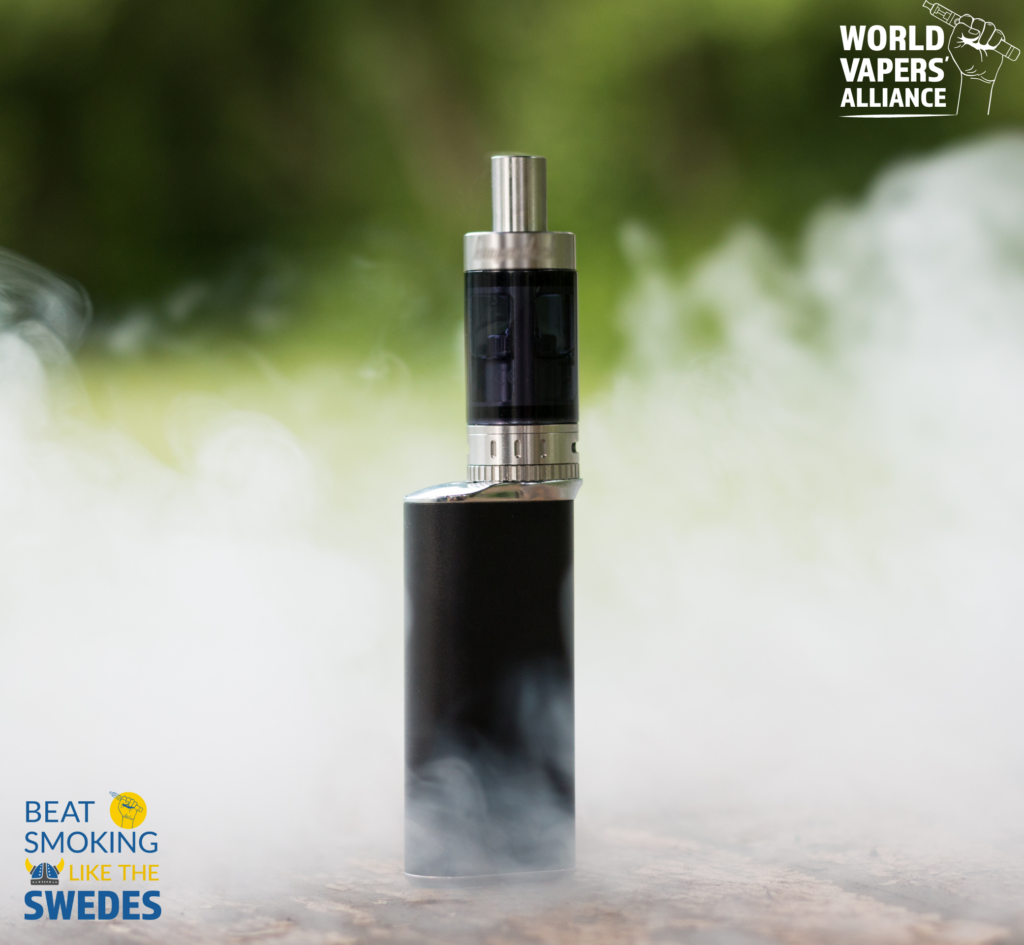Suedia 5% tabakoaren erretzearen prebalentzia-tasaren azpitik jaisteko bidean dago datozen hilabeteetan. Maila horren azpitik herrialdea ofizialki "Kerik Gabeko" gisa hartuko da.
Suediak arrakasta izan du tabakoaren kalteak murrizteko estrategiak ezartzean, snus bezalako ke gabeko tabako produktuak sustatuz. Snusa ahoz erabiltzen den eta ezpainaren eta hortzoiaren artean jartzen den ke gabeko tabako mota bat da. Uste da erretzea baino kaltegarriagoa dela eta biriketako minbiziaren eta tabakoarekin lotutako beste gaixotasun batzuen tasa txikiagoekin lotu izan da.
Suedian, snusaren erabilera oso hedatuta dago, biztanleriaren % 20% inguruk produktua aldizka erabiltzen baitute. Erretzearen prebalentzia Suedian ere nahiko baxua da beste herrialdeekin alderatuta, biztanleriaren % 10% inguruk bakarrik erretzen baitute.
Suediako gobernuak paper garrantzitsua jokatu du snusaren erabilera sustatzeko kalteak murrizteko estrategia gisa. Adibidez, snusa leku publikoetan erretzeko debekutik salbuetsita dago, eta herrialde osoko dendetan eskuragarri dago.
Suedian tabakoaren kalteak murrizteko estrategien arrakasta hainbat faktoreri egotzi izan zaie, besteak beste, erretzearen alternatiba seguruago baten eskuragarritasuna, erretzearen kalteak azpimarratzen dituen osasun publikoaren mezu sendoa eta kerik gabeko tabakoaren erabileraren onarpen kulturala.
Oro har, Suediako tabakoaren kalteak murrizteko esperientziak erretzearen ordezko seguruagoak sustatzeak ekar ditzakeen onura potentzialak erakusten ditu, eta tabakoaren kontsumoaren erroko kausak jorratzen dituzten osasun publikoko estrategia integralen garrantzia azpimarratzen du.
Osasun publikoko adituek txosten berri garrantzitsu bat argitaratu dute Suedia Europako lehen "ke gabeko" herrialde bihurtzearen mugarri historikora hurbiltzen ari dela ospatzeko.
Txosten honetan, SNUSa aztertzen da, baita lurrun-produktuak barne hartzen dituzten THRren beste aukera batzuk ere.
“The Swedes also transferred this attitude of acceptance to new, more modern, and less harmful tobacco-free products which have come onto the market in the last decade. The advent of vapes (e-cigarettes) in 2015 and, more recently, oral nicotine pouches in 2018 have resulted in Swedish smoking rates continuing their rapid descent. A 2015 Eurobarometer poll found that 7% of Swedes had tried vaping10, by 2020, this number had risen to 12%11. Meanwhile, the smoking rate in the country has more than halved, from 11.4% in 2012 to just 5.6% in 2022. The Swedish experience of beating smoking and gaining the associated benefits of reducing smoking-related mortality and morbidity, proves conclusively that the best-kept secret in tobacco control is to make less harmful alternative products accessible, acceptable, and affordable. Sweden’s experience is a gift to global public health and, potentially, one of the greatest ever breakthroughs in tackling non-communicable diseases (NCDs). If replicated in other countries, it can save tens of millions of lives over the next two decades alone.”
Txalotzen dugu Suediak tabakoaren kalteak murrizteko hartu duen ikuspegi orekatua, eta espero dugu munduko gainerakoek ere kontuan hartzea. Erretzea benetan iraganeko kontua izan liteke osasun publikoko agentzia guztiek bizitzak salbatzeko bide hau jarraituko balute.
Irakurri txosten osoa hemen.
Suediaren arrakasta-istorioari buruz gehiago jakiteko, jarraitu begirada bat WVAren kanpaina berrienari – Beat Smoking Suediak bezala.





2 erantzun